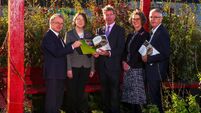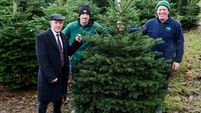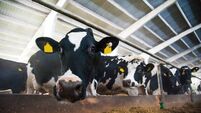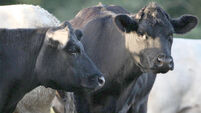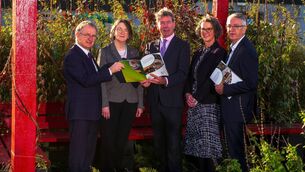It was once an essential part of Irish agriculture — now seaweed farming is making a resurgence
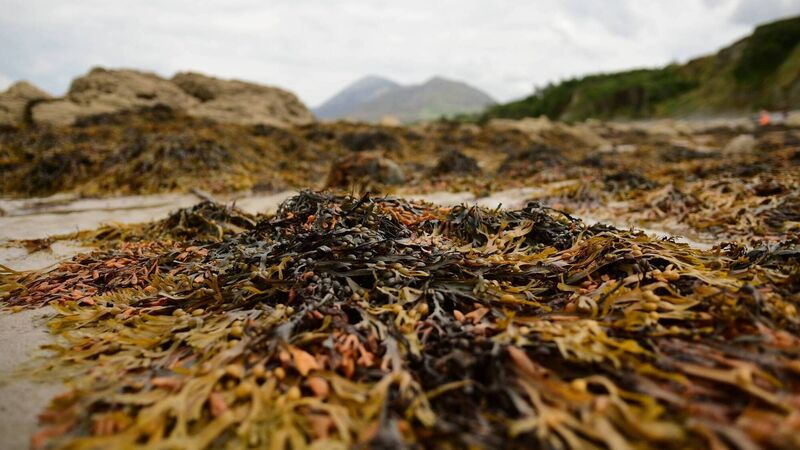
By the 17th century, seaweed was harvested and used for a variety of purposes in Ireland.
Seaweed once played a vital role in Irish agriculture, industry, and cuisine.
According to medieval Irish scholars, a rock that could produce a crop of seaweed had a value equivalent to two and a half cows.
By the 17th century, seaweed was harvested and used for fertiliser, as a food (dulse and carrageen moss were traditionally consumed), in the manufacture of glass and soap, and was even a substitute for chewing tobacco.
Now, there is a resurgence of seaweed farming, according to the EU-funded C-Faarer project (Community-driven Farming for the Atlantic and Arctic sea basins through REgeneRative aquaculture).
C-Faarer aims to develop regenerative aquaculture systems that produce food while restoring ecosystems. This includes cultivating species such as seaweed and shellfish that clean and oxygenate the water, stabilise sediments, and provide habitats for other species.
It is unclear how much seaweed is cultivated in Ireland but, worldwide, the seaweed industry is estimated to have increased by 46% between 2012 and 2019.
C-Faarer supports ocean farmers in the Atlantic and Arctic Sea basins by fostering community-driven business models for regenerative ocean farming in Norway and Ireland.
As part of the project's work in Ireland, it is actively involved in the creation of the Irish Seaweed Association, to unify stakeholders, advocate for industry interests, and facilitate the sharing of knowledge and best practices.
Emphasising regenerative practices is a crucial project aim, to ensure the long-term sustainability and health of the Irish marine ecosystem.
The C-Faarer consortium is led by Trinity College Dublin and brings together six organisations and enterprises from three European countries.
Last November, the C-Faarer consortium met with 20 ocean farmers, processors, producers and investors at Trinity College.
That workshop meeting helped in identifying four major challenges hindering regenerative ocean farming in Ireland.
Participants expressed concerns over the cumbersome and often restrictive regulatory environment, with a slow process for licensing. One ocean farmer revealed it took him 12 years to secure a permit.
Secondly, securing funding remains a daunting challenge, especially for startups and small-scale operators. Operators must show significant operations to attract funding, yet scaling their operations is dependent on securing that very funding.
Thirdly, limited access to essential resources such as hatcheries and refineries was identified as one of the most pressing challenges. These specialised facilities are vital for spawning, seeding, growing, and processing, pivotal stages in cultivation of seaweed and shellfish.
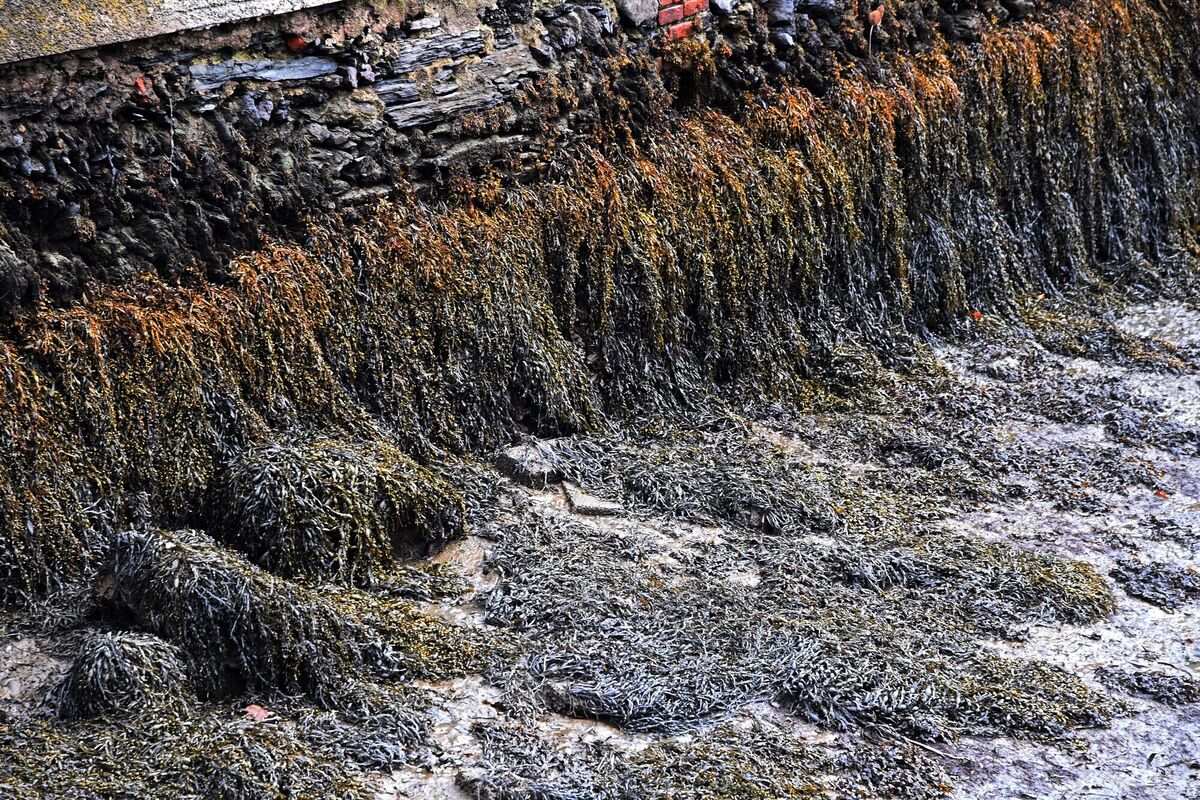
There is also a lack of integrated infrastructure to support the entire lifecycle of seaweed and shellfish farming, from seed to product.
Finally, the workshop highlighted challenges in establishing communication and knowledge-sharing, which leave seaweed stakeholders disconnected, and increase the challenge to attract the next generation of seaweed farmers.
The project, attracting just over €1m of EU funding, is about halfway through its two-year mission to support new community-driven business models for sustainable, regenerative aquaculture, founded on science, and technically and economically viable.
Working with ocean farmers and coastal communities in Norway and Ireland, C-Faarer (funded by the EU's Horizon Europe research and innovation programme) will analyse technical, operational, economic, environmental, and social needs and guide site-specific community-led business plans.
Irish participants in C-Faarer include Horizon Nua Innovation in Dublin, which supports the transition towards a just, carbon-neutral, nature-positive economy; and Forbairti Rosrua Teoranta in Co Mayo.
Ireland’s seaweed sector is dominated by harvesting and processing wild stock, mostly Ascophyllum nodosum, according to a report on the sector commissioned by Bord Iascaigh Mhara, which outlines a strategy for the sector to 2030.
Seaweed cultivation by about 10 growers resulted in an estimated 50 (wet) tonnes in 2021.
Seaweed is used for human food and ingredients; cosmetics or life-style products; and animal and plant feed and stimulants. Ireland is estimated to have exported about 3,000 tonnes of food grade seaweeds and microalgae in 2020, with an estimated market value of €800,000.
In contrast to Ireland, most of the global seaweed output is cultivated (97% by volume), mostly in Asia.
EU policies give seaweed a significant role in the transition to a green economy, well-positioned to displace some carbon-producing terrestrial sources of biomass.
But Ireland has not matched the growth of production seen elsewhere in Europe, particularly of cultivated seaweed.

